|
|
Geothermal energy harnesses the Earth’s heat to drive turbines that produce electricity. This green, renewable resource holds a lot of potential for mitigating climate change, but it isn’t yet well distributed across the US. Here are the seven U.S. states that have geothermal power plants, plus two states that look promising for future projects.
1. California
Every geothermal power plant in the United States is located west of the Rockies, where the country’s geothermal energy potential is highest. The U.S. is the world’s top geothermal energy producer, and California outshines every other state in terms of geothermal energy production.
The Golden State accounts for 69.5% of the nation’s geothermal power. However, it uses geothermal to supply only 5.8% of its own energy needs.
2. Nevada
Although California generates the most geothermal energy overall, Nevada produces the largest share of geothermal energy — nearly 10% of the state’s total energy production — for its own residents. It’s also the second-highest-producing state for geothermal power, supplying 24.2% of the nation’s geothermal energy.
Together, California and Nevada account for 93.7% of the geothermal energy in the U.S., with the remaining five states supplying a tiny fraction of the total.
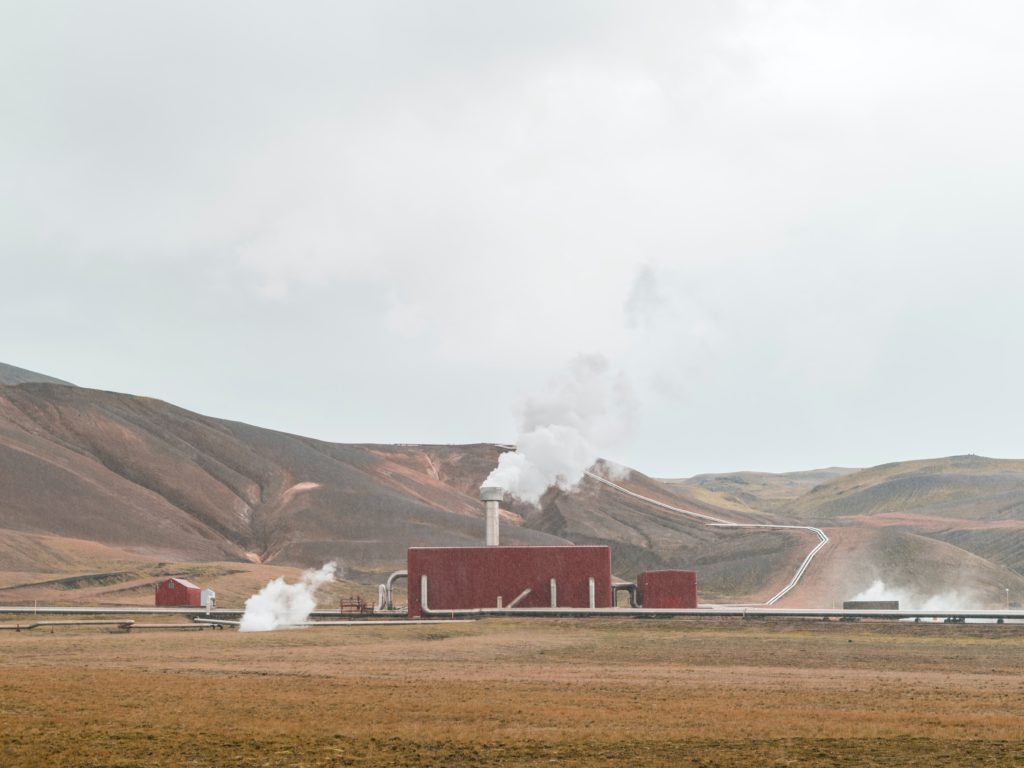
3. Utah
Cove Fort and Roosevelt Hot Springs are Utah’s sole geothermal power plants. Producing 2.7% of the nation’s geothermal energy, these facilities account for 1.2% of the state’s total electricity generation. Both sites are proposing redevelopment and expansion of their facilities.
4. Hawaii
A land forged in fire, few places are as clearly geothermally active as Hawaii, where volcanoes dominate the landscape. Still, Hawaii accounts for just 1.8% of America’s total geothermal electricity production.
The only geothermal power plant in the state is Puna Geothermal Venture on Hawaii Island — which operates a binary-cycle power plant — but West Hawaii and Maui look promising as sites for potential geothermal energy stores.
5. Oregon
Oregon’s first geothermal power facility came online in 2010 at the Oregon Institute of Technology. Two years later, U.S. Geothermal, Inc. established a 22-megawatt plant near the town of Vale. In 2015, a third geothermal power plant came online in Paisley.
The central and southeastern parts of Oregon have the greatest geothermal potential. Geologists are exploring the possibility of tapping into geothermal power at Glass Butte and Crump Geyser.
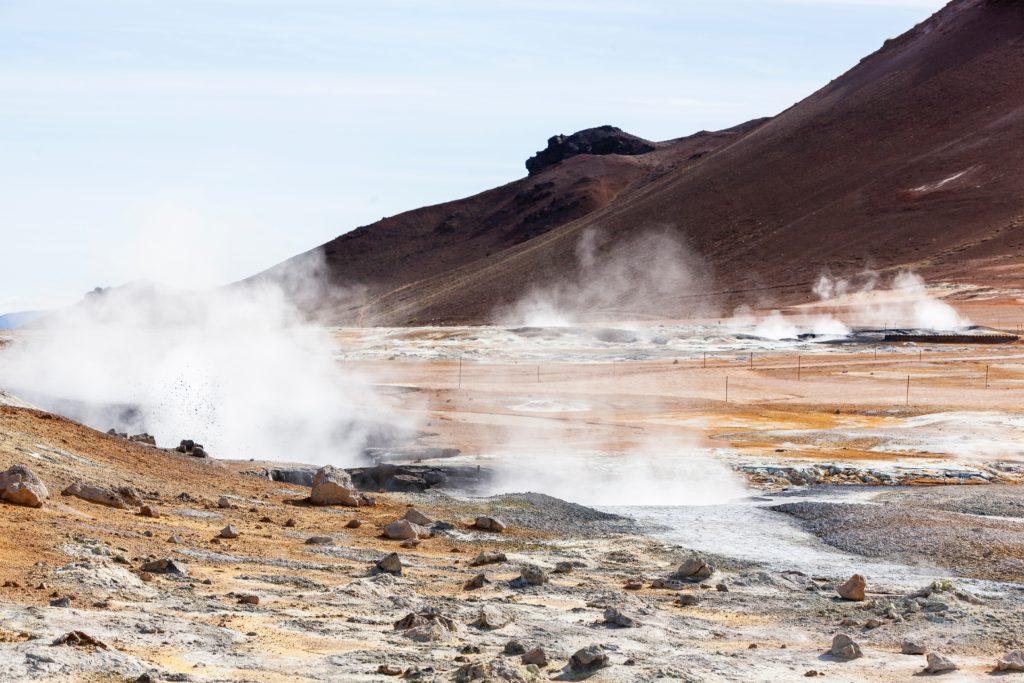
6. Idaho
Idaho’s Raft River Enhanced Geothermal System Project is the only geothermal power plant in the state. But given that geothermal fields emit around one-sixth of the carbon dioxide of a natural gas power plant, Idaho would do well to establish more of them. Idaho’s volcanic landscape provides a rich potential for geothermal energy, much of it located in the southern part of the state.
7. New Mexico
The Land of Enchantment is barely on the map when it comes to geothermal energy, providing just 0.3% of the country’s total share. But New Mexico’s Lightning Dock is unique among geothermal power plants in that it doesn’t use steam to drive a turbine.
Instead, it uses organic fluid, a heat exchanger and an ORC turbine to generate electricity. This new technology allows power plants to tap into low-temperature energy — less than 300° Fahrenheit — to generate power. That’s good news for states like New Mexico with less geothermal activity.
Other States With High Geothermal Potential

Alaska is one of the most geothermally active places in the world, home to the Ring of Fire and numerous hot springs. The state’s biggest sources of geothermal energy are located far from populated areas — making them impractical as a source of residential power — but they could be useful for powering remote projects like mining.
Unlike solar panels, geothermal energy doesn’t rely on weather conditions, and the temperature below the frost line in the soil remains at 50 to 55° Fahrenheit. This quality makes it a useful in places with extreme climates.
Texas also stands out as a potential hotbed of geothermal power. Existing oil and gas wells could provide access to this untapped resource, and a new report suggests Texas could decarbonize 100% of its grid by making use of its geothermal energy resources. Several geothermal energy companies have popped up in Texas in recent years, suggesting this idea might come to fruition.
Geothermal Energy Is Heating Up
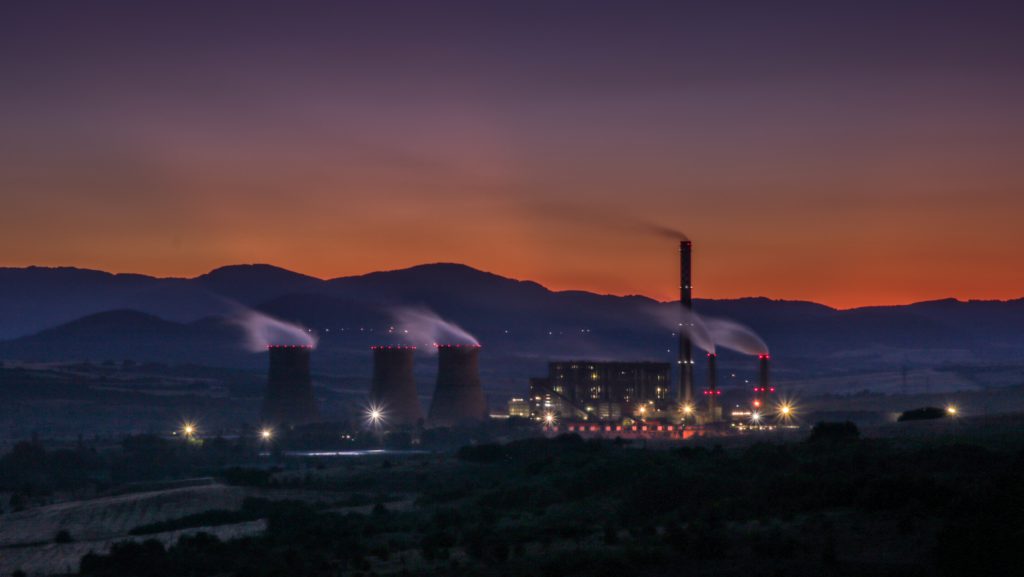
As the world grapples with climate change, governments are looking for greener ways to produce energy. Geothermal stands out because it is inexhaustible, domestic and produces no emissions. Although only a handful of states have geothermal power plants, Alaska and Texas sit atop a largely untapped geothermal resource, making them good candidates for future power stations.
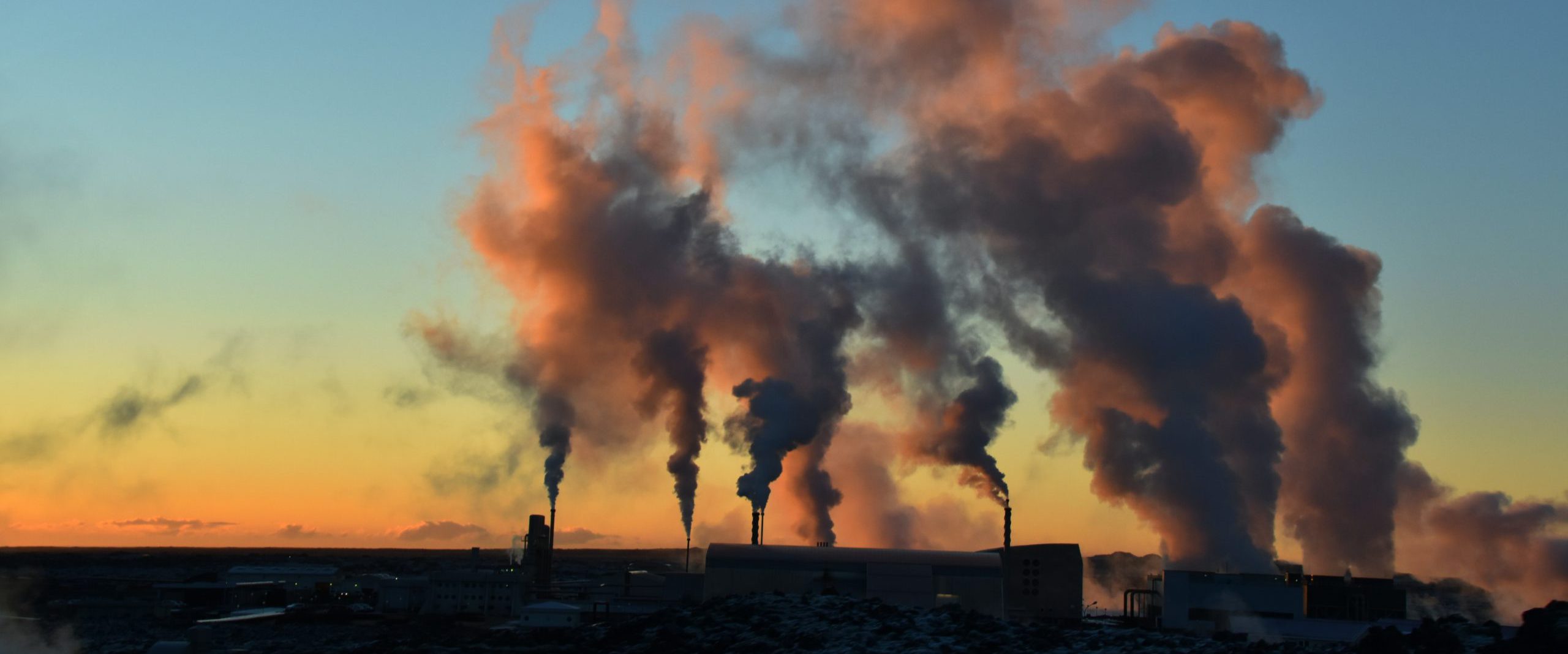



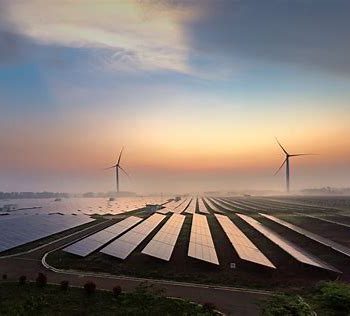








No Comments